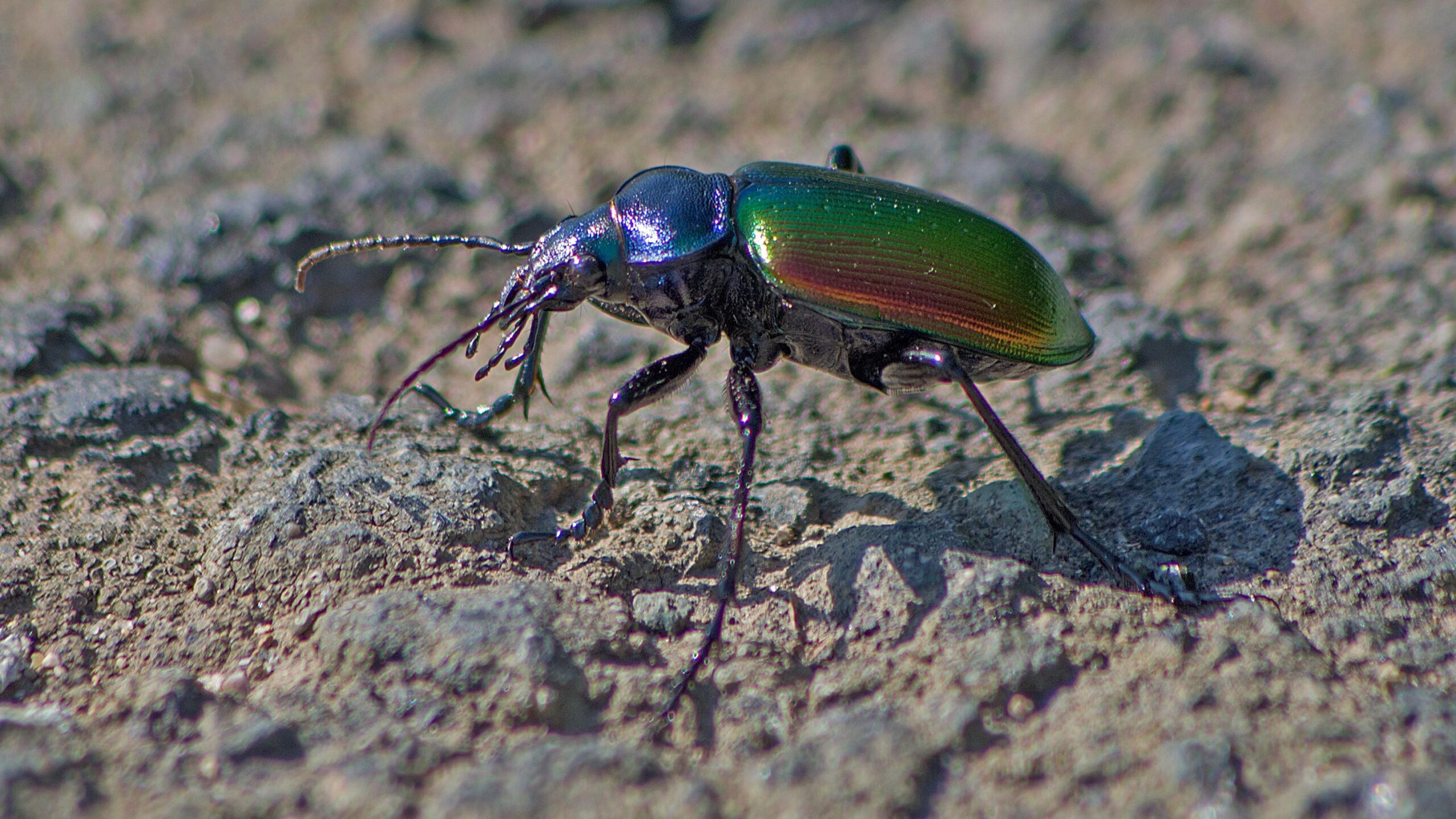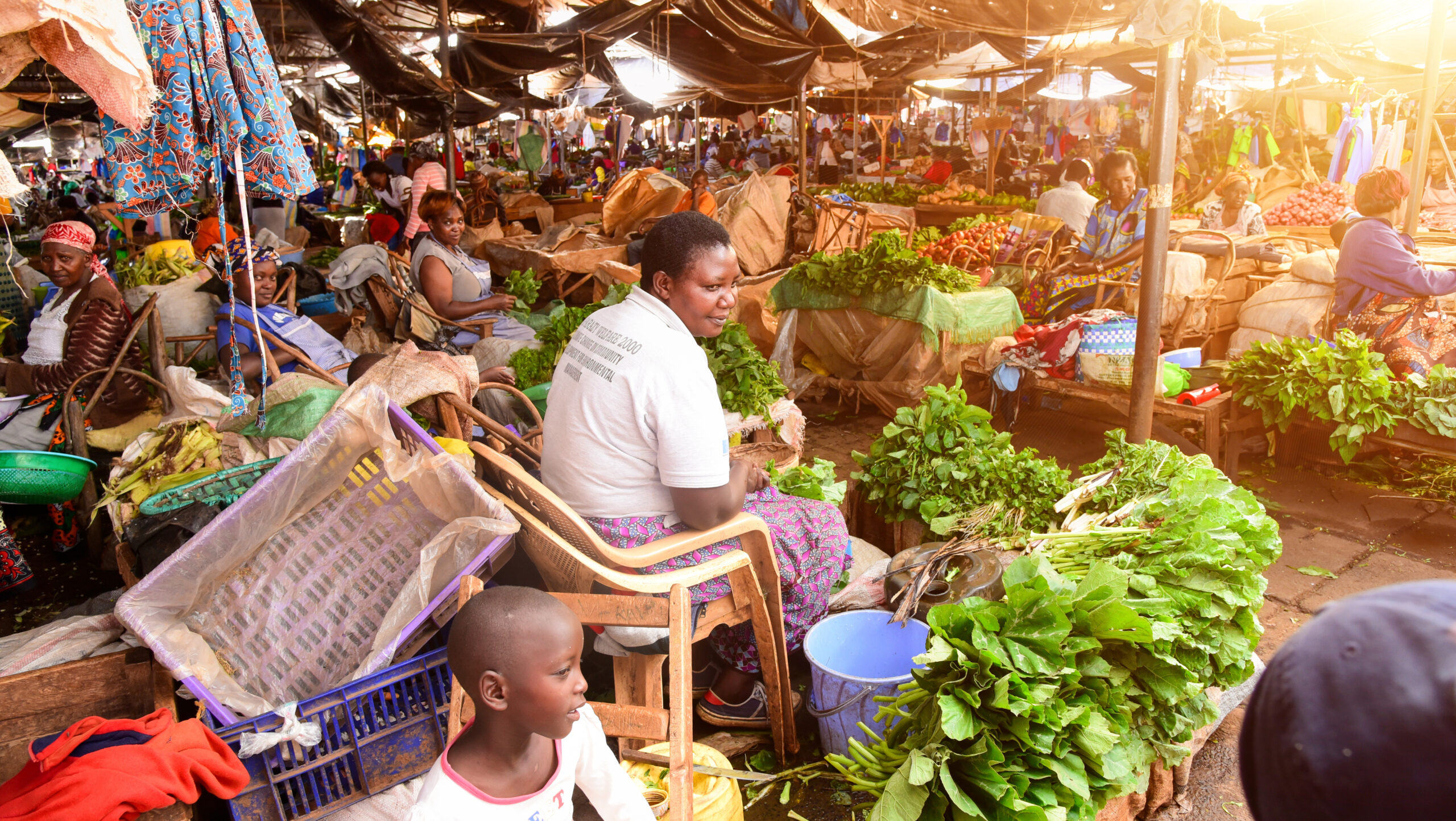Simplemente agotado … how tired!! Sunburned, running low on water and my trousers caked with mud—that’s how my first day of field research in the Yeguare River valley, Honduras, ended back in 2002. From that day on, for two years, I imagined myself aboard Darwin’s Beagle or the Victoria, the carrack on which Magellan had circumnavigated the globe. On my daily journey of ecological discovery and exploration, I was alone yet more connected than ever. Magnifying glass in hand and aspirator bottle at the ready, my days were spent scanning maize plants’ foliage for the six-legged creatures that devoured farmers’ crop pests. Those bugs kept me going: I was hooked on the mystery, surprise, and beauty of a seemingly simple, yet utterly complex farmland ecosystem. To cite the late E.O. Wilson, I could have spent “a lifetime in a Magellanic voyage” around those maize stalks! Filled with a sense of wonder, every day brought a revelation, a new interaction logged, and a piece of the food system sustainability puzzle uncovered. Most of my days ended tired … yet truly inspired.
Pirate bugs, rove beetles, and big-eyed bugs all gracefully paraded in front of my looking glass. In their glistening chitin armor, metallic long-legged flies strode along leaf blades while robber flies or narrow-wasted vespids patrolled the skies. On the lookout for a juicy meal 24-7, these insects all contribute notably to biological control—one of nature’s prime ecosystem services, which secures at least 25% of crop yields, lowers the carbon footprint of farming, and even keeps the world green. Collectively, these carnivorous bugs reduce pest populations by an average 73% across crops and geographies, and their action is further complemented by a myriad of minute parasitic flies or wasps, insectivorous vertebrates, and microorganisms. Since 2002, some of the creatures I studied (along with many other scientists) have attracted attention far beyond Honduran homesteads and are now seen as potential long-term solutions for devastating invasive pests such as the fall armyworm. The pest control services that they provide free of cost are worth $50 billion–$196 billion per year worldwide—about 50% higher than the global value of insect pollination. If predatory bugs were a country, its GDP would surpass that of Tunisia, Paraguay, or Bahrain.
Yet, biological control agents still do not get the attention they deserve in the scientific and development communities, and many smallholder farmers around the world remain unaware of the potential benefits such as reducing pesticide use and safeguarding human health. Today, with global agrifood systems under pressure from climate impacts, conflicts, population growth, and other problems, it is time for scientists and global organizations to make biological control an urgent priority for research and integration into development programs.
Biological control: A building block of Honduran smallholder agriculture
Though largely unaware of the fine-resolution mechanics of biological control, the Honduran farmers I met did appreciate its on-farm outcomes. By protecting earwigs as the guardian angels of their maize crop and adding spatial, temporal, or genetic diversity to the cropping system, farmers steered clear of serious pest and pesticide issues. These preventative actions, which constitute the foundation of integrated pest management (IPM), effectively kept pests at bay and did not generate a need for corrective action. While IPM is widely advocated in global agriculture, the use of chemical pesticides—especially among smallholders—continues to be widespread (if not steadily increasing), contributes to biodiversity loss, puts stresses on beneficial organisms, and undermines ecological resilience.
Yet in Honduras, the vast majority of local farmers rightly did not feel a need for pesticide sprays, as key diseases or pests such as the fall armyworm did not noticeably reduce crop yields. Pesticide use was thus economically unjustified. In fact, their weedy maize-bean polycultures with hand-picked cultivars consistently bore low pest numbers and superior yields compared to simplified systems.
On their farms, biodiversity constituted the central pivot of resilient, pest-suppressive cropping systems. By adding (wild) plant species into a standing crop or by conserving the rich diversity of biological control agents, they built complexity and resilience, enhanced pest suppression, and ultimately reconstituted a broad bundle of ecosystem services—including yield and yield resilience. Agroecology and agrobiodiversity complemented one another effortlessly, through synergies across organisms and processes of facilitation. Multiple layers of crop defenses proved the secret ingredient: Pests that managed to elude foliage dwellers were ultimately repelled by non-crop companion plants or obliterated by bugs scouring the ground surface. These kinds of synergies abound in diversified systems and my forays into Honduras’ farmland taught me how in agroecology, 1+1 equals more than 2.
When charting Honduran farmland waters, I realized how biodiversity provides the building blocks of farm life, biostructure the overarching architecture, and agroecology the means to put them into practice. The resulting processes and services often operate in surprising and counterintuitive ways.
For instance, in biodiverse systems where ants (i.e., some of the world’s most voracious predators) extensively forage in the canopy, their smelly footprints inhibit the growth of pathogenic fungi and discourage egg-laying by fruit fly pests. The on-farm presence of flowers enhances foraging rates of pollinators, which in turn vector microbial antagonists that act against a vast array of disease-causing molds or bacteria—with honey bees or bumble bees acting as ‘flying doctors,’ vaccinating plants. More so, contrary to what is commonly thought, predatory bugs even radically slow the spread of disease-causing pathogens such as the ones that are bringing down Florida’s once-thriving citrus industry. In addition, plants themselves can actively attract and kill devastating pests such as silverleaf whitefly. In many ways, nature provides an infinite source of inspiration to tackle some of the world’s most pressing pest threats.
Moving biological control forward
Unfortunately, these dynamic and adaptable crop defenses, which are key to maintaining global plant health in the Anthropocene, have often been overlooked by scientists, government decision-makers, and farmers alike. While the scientific understanding of ecosystem services has grown, and local ecological knowledge and practices (such as those of the Honduran farmers) are increasingly incorporated into development policies and programs, the vast potential of biological control remains largely untapped.
This problem should be remedied. To mainstream this practice in global agriculture, we need systems thinking, renewed impetus, and added direction. Scientists should more actively seek to integrate biological control into farming systems. This involves choosing the right mix of plants to benefit natural enemies, uncovering the underlying ecological mechanisms, and synthesizing and integrating existing knowledge. The latter effort has long been hampered by “silo approaches.” Since the 1900s, for instance, crop improvement has largely been performed under a “pesticide umbrella” geared towards establishing pure stands and centered on static, constitutive defenses—i.e., full pest or disease resistance. While such practices have broadly increased yields and reduced pesticide dependencies, they have also helped to create a global landscape of monocultures in which nature’s ecological safeguards have been dismantled. As such, constant interventions are needed to maintain the desirable conditions for farming. These practices have subjected pests to maximum selection pressure, downplayed the role of varietal mixtures or companion crops, and even disabled biological control, thus creating conditions for breakdowns in resistance, pest proliferation, and pesticide abuse—issues that pose a more significant threat in simplified farm landscapes. Under such conditions, resistance can emerge within a few years after a new variety or chemical compound is commercially launched.
A true Magellanic voyage is never over! What lies ahead matters more than what’s behind us. This equally applies to our decades-long pursuit of more sustainable agrifood systems. Agricultural scientists can, in general, build forward momentum for ecological resilience by viewing farming systems as a whole, looking beyond monocultures, functionally re-arming plants with indirect and/or inducible defenses, and investing in integrative, systems-based breeding that accounts for concurrent stressors and climate impacts. These approaches help crops become integral parts of a farm puzzle instead of stand-alone techno-fixes.
Yet transitioning towards sustainability requires a broader effort. Established disciplines eventually will need to lower the drawbridges of their redoubts, collaborate more actively with other (social and natural) scientists, and fully embrace plant and animal biodiversity alike. For instance, more work is needed on the economic (or broader One Health) benefits or costs of inaction in transitioning towards climate-resilient, diversified systems and nature-based solutions. As my Honduran farmer friendsknew very well, the path towards healthy, productive, and nutrient-dense crops is long and circuitous—but is lined with allies. More than just banking on a single new cultivar, fertilizer type, or planting method, it involves teaming up with others. And, as true integrators of scientific disciplines, beneficial insects are eager for team play.
When turning our Beagle into the wind under the dark clouds of global change, all able sailors should be on board. That is, we will need collaboration across disciplines that acknowledges the value of biological control and seeks ways to integrate it into the study and management of the way food is grown. Doing so is the only way in which to successfully navigate the winds of agrifood system change.
Kris A.G. Wyckhuys is a bio-science engineer, insect ecologist, and consultant based in Viet Nam. Opinions are the author’s.
This work was supported by the CGIAR Initiative on Low-Emission Food Systems (Mitigate+).







